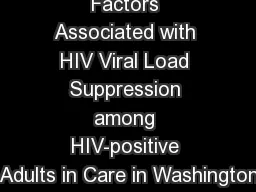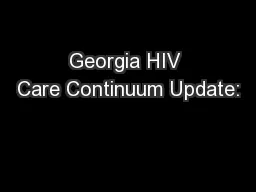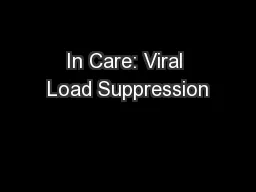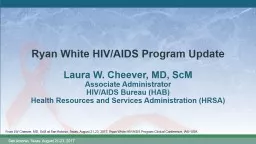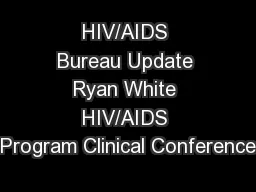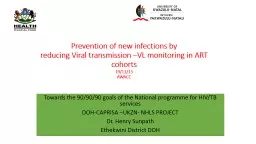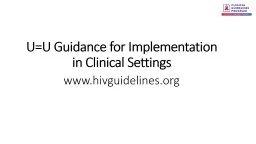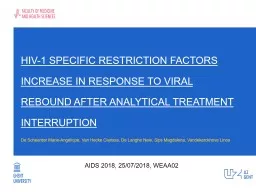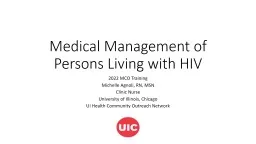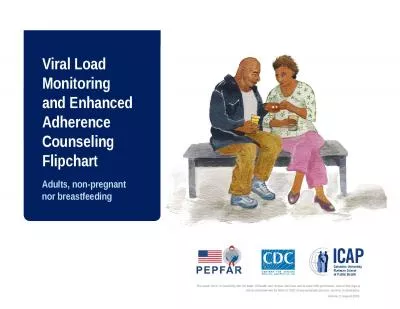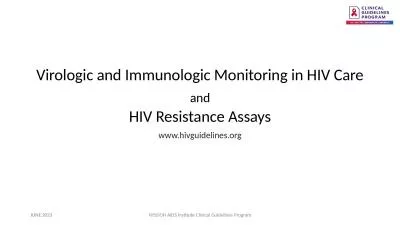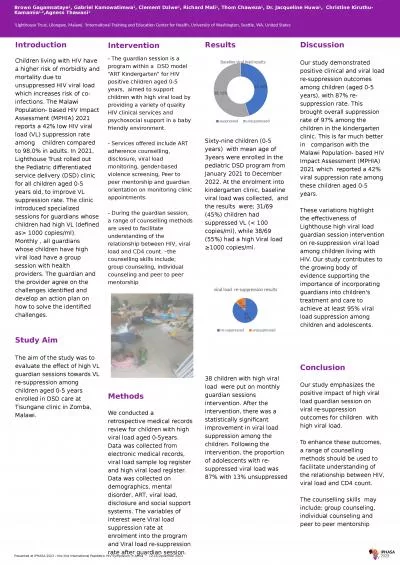PPT-Factors Associated with HIV Viral Load Suppression among HIV-positive Adults in Care in
Author : danika-pritchard | Published Date : 2018-10-29
Council of State and Territorial Epidemiologists Annual Conference June 4 2012 Omaha Nebraska Tom Jaenicke MPH MBA MES Washington State Department of Health TomJaenickedohwagov
Presentation Embed Code
Download Presentation
Download Presentation The PPT/PDF document "Factors Associated with HIV Viral Load S..." is the property of its rightful owner. Permission is granted to download and print the materials on this website for personal, non-commercial use only, and to display it on your personal computer provided you do not modify the materials and that you retain all copyright notices contained in the materials. By downloading content from our website, you accept the terms of this agreement.
Factors Associated with HIV Viral Load Suppression among HIV-positive Adults in Care in: Transcript
Download Rules Of Document
"Factors Associated with HIV Viral Load Suppression among HIV-positive Adults in Care in"The content belongs to its owner. You may download and print it for personal use, without modification, and keep all copyright notices. By downloading, you agree to these terms.
Related Documents

